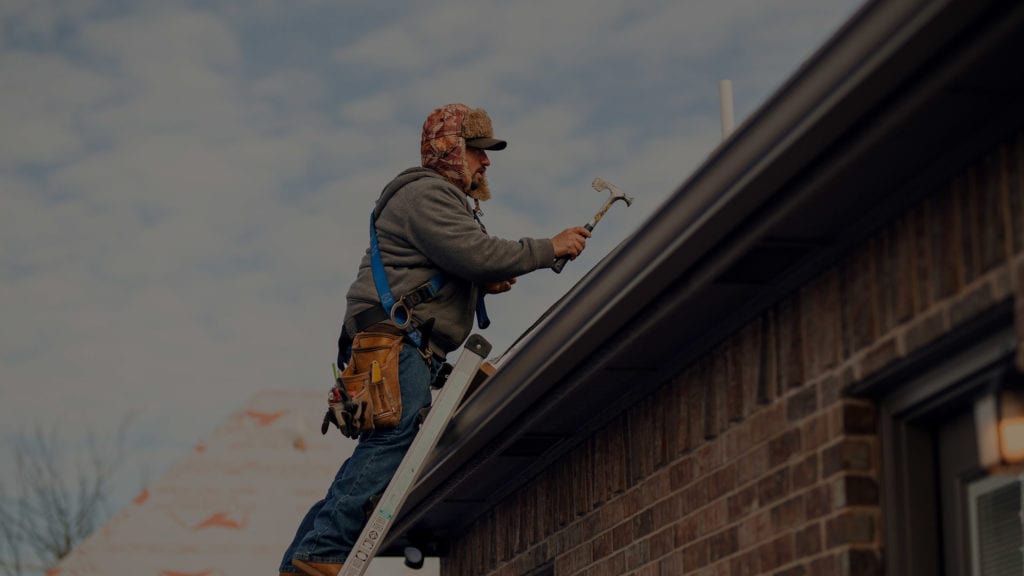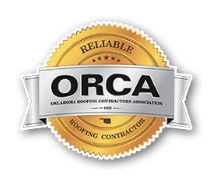Ice Dams Fact and Prevention Tips

When snow melts, it runs down your roof and refreezes along the edge, forming ice dams and icicles. This only happens when a portion of your roof heats to over 32 degrees F, which is enough warm for melting the snow, at the same time the roof edge stays below freezing. A heated attic is frequently the cause of this situation.
Heat flows through the ceilings into the attic of most houses, warming the wood and shingles directly above it. Despite the fact that the outside temperature is below freezing, the snow melts on the roof’s warmed part. The meltwater strikes the frigid edge of the roof that is not warmed by the attic when it runs down the roof. It freezes there, forming an ice rim. This rim can expand, trapping more water behind it, and you’ve got yourself an ice dam.
Ice dam removal is time-consuming, so try to avoid them in the first place. The best way to avoid ice dams is to keep your attic and roof cool. A heavy layer of snow will cover a frigid roof after a snowfall. A warmer roof, on the other hand, will have clear places where the snow has melted and icicles hanging from the eaves in no time. Follow these three methods to keep your roof cool:
Attic Bypasses in Detail
It can be difficult to stop air leaks. Climb into attic, pull back insulation, and use foam, caulk, or other means to stop leaks. Some air leaks are difficult to locate due to low roof slopes. This is definitely a cool-weather project; otherwise, your attic would be too hot to endure. To avoid skin irritations caused by insulation, always wear a pollution mask, a long-sleeved shirt, and long pants.
Check the level of insulation in your attic
Check the depth of your attic insulation while you’re up there. Raise the R-value of your attic insulation to around R-40. Building codes call for a 12-in. up to 14-in cellulose or fiberglass if you have fewer than eight inches and have previously experienced ice dam difficulties, add additional.
Hand-placed batts are usually inferior to blown-in cellulose and fiberglass because they fill more closely around rafters, joists, and other impediments, leaving fewer gaps. It’s normally more cost-effective to hire a professional for this task; doing it yourself won’t save you any money. If you can’t find a good deal, a blowing machine can be rented from a rental yard or a home center. The use of the machine is frequently provided for free with the purchase of insulation.
Roof and soffit vents should be installed
Attic ventilation pulls in chilly external air and exhausts warmer attic air, cooling both the attic and the roof. The minimum ventilation space (opening size) should be roughly one square foot. per 300 sq. ft. of vent When half of the ventilation area is low on the roof and half is high, the ceiling area is ft.
If You Already Have an Ice Dam, What Should You Do?
Ice dams aren’t necessarily an issue in and of themselves. The majority of the damage is caused by leaks. You may not need to do anything if you can’t find traces of ice dam leaks in the soffits on the outside or in the attic or ceilings. Then, when the weather gets warmer, use the preventative strategies recommended by our roofers of All American Roofing in OKC.





